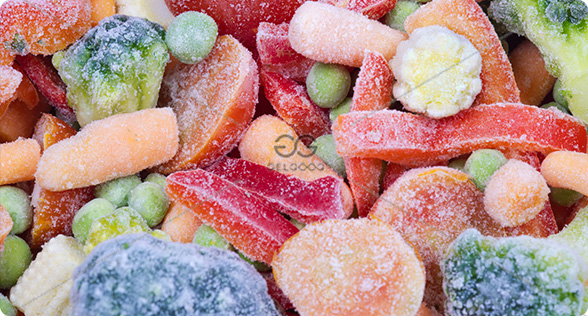
Frozen vegetables are one of the important products of the modern food industry. Their main purpose is to maintain the freshness and nutritional value of vegetables. Compared with fresh vegetables, frozen vegetables have the following characteristics:

How processed are frozen vegetables?
The production of frozen vegetables requires a series of strict processing steps to ensure their quality and safety. The main process includes the following links:
Storage methods for frozen vegetables:






